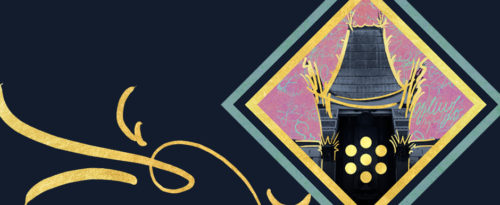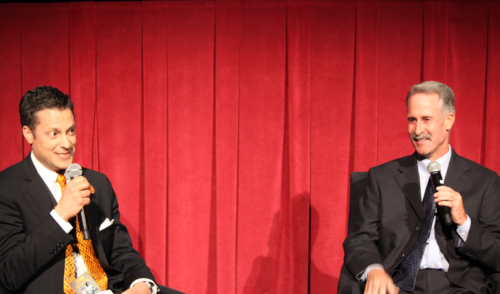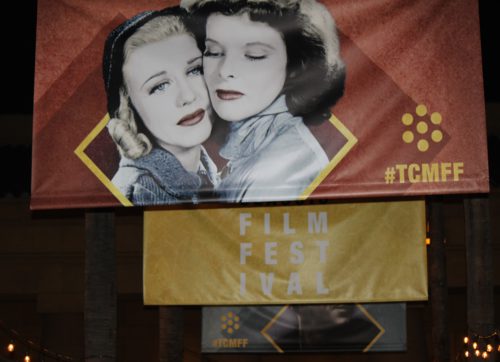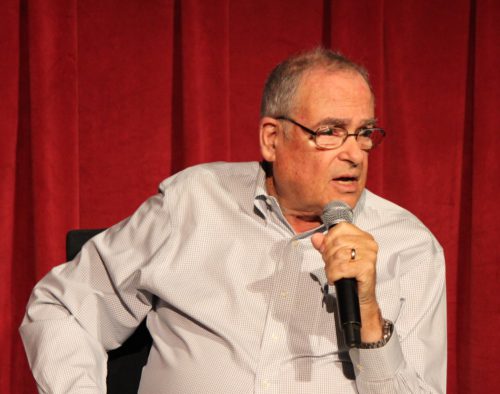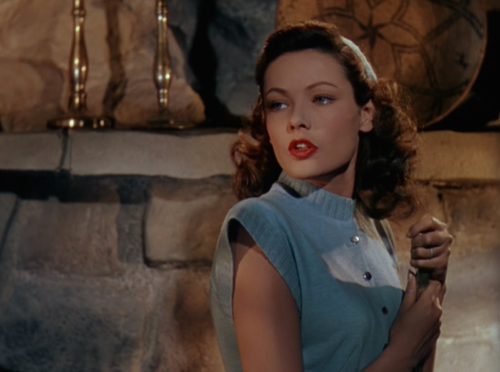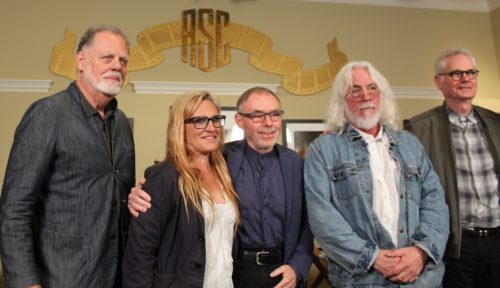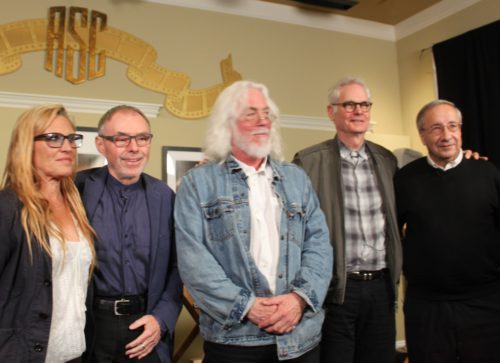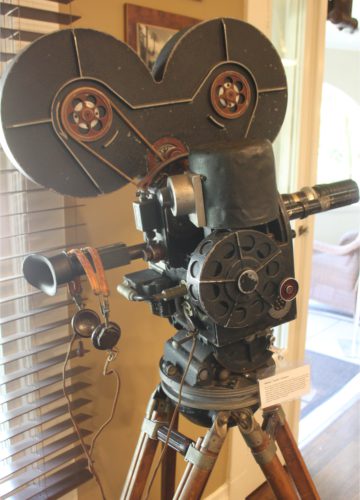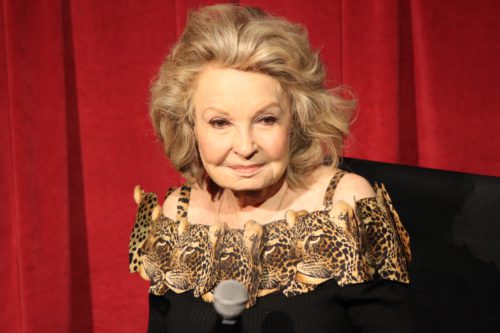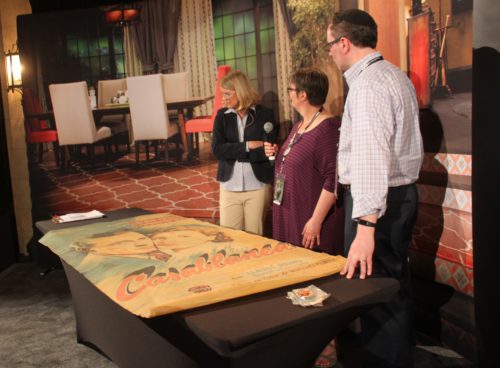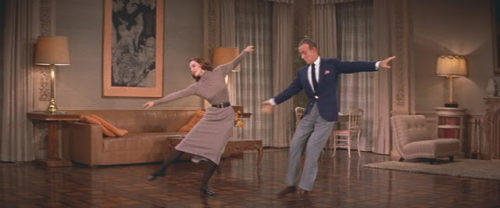
May 16 is National Classic Movie Day and the Classic Comfort Movie Blogathon: perfect for that wonderful Capra classic Lady for a Day. If the term “The Lubitsch Touch” hadn’t already been coined it would need to have been invented for Frank Capra. Starting with this film, he directed eleven hit movies in a row. Each had a unique quality – with most featuring strong populist characters facing hard challenges ending with heartwarming results. Working at the “Poverty Row” studio of Columbia, and for a tough boss in Harry Cohn, the Depression was on and Capra was having a tough year. He had bought on the cheap the rights to a short story by Damon Runyon titled Madame La Gimp. His writing partner Robert Riskin thought they could make something out this story of an “old lady” street corner apple seller – once a stage performer now fallen on hard times. She sent her daughter for schooling in a convent in Spain, sending money she collects off the street. Only now her daughter is grown-up and making a surprise visit. For Capra, who else could play such a role other than Marie Dressler, but MGM would never loan her out. As Capra and Briskin stewed on their dilemma, Cohn kept putting on the pressure to come up with a hit. And in the meantime things got worse as Capra’s wife miscarried their first child. Then a big earthquake hit in nearby Long Beach.

When Capra and Briskin got back to finding the talent for the film, they looked for a suitable “Apple Annie.” These street corner merchants came out of a confluence of the hard times of the Depression and a glut of apples in the Pacific Northwest. The Unemployed Relief Committee of the International Apple Growers Association started an apple selling effort by distributing low-cost apples to the the so-called Apple Annies and the unemployed who sold them for a nickle apiece. Capra looked among older actors and found a Broadway veteran and Hollywood transplant for the lead, the 75 year old May Robson. She had made her first stage appearance in 1883. Her years of acting made her perfect for the role. The “Dave the Dude” character went to the handsome and debonair Warren William, with Bob Briskin’s girlfriend Glenda Farrell being perfect for the Dude’s moll. Apple Annie’s daughter is played by the beautiful Jean Parker. The Dude’s henchman “Happy” was played by Ned Sparks, who Capra described as “…he of the bleak mien, and parched voice squeezed dry of all compassion.” And then there was “The Judge” played by Guy Kibbee, pool shark and, (SPOILER) fill-in for Apple Annie’s husband, filling out the principal cast.

This is a Cinderella story for an old woman, and at the end, as Richard E. Grant said giving a movie pitch in The Player, “There’s not a dry eye in the house.” Partial SPOILER: Apple Annie has a network of friends in the neighborhood, one of which is the doorman at the Hotel Maybery. He provides her hotel stationary on which she writes her daughter under her assumed name of Mrs. E. Worthington Manville. Apple Annie’s fictions fall apart when her daughter writes back in her latest letter that she is coming for a visit, along with her fiancé Carlos, and his father, Count Romero from Spain. Since receiving this letter, Annie has not been seen. Dave the Dude, a gambling man (and racketeer), relies on her for his “lucky apples.” Soon all the neighborhood street characters ask the Dude to do something. When Dave the Dude finds Annie at her apartment drinking and bemoaning her fate, he see’s the photo of her daughter Louise and understands. Her friends now ask him to rent her rooms at the Maybery where she can receive her daughter and fiancé, they will even pay with their meager earnings. The Dude declines their money but puts her up anyway, and gets his girlfriend Missouri Martin (Glenda Farrell) to dress her up as a society matron. She’ll have to have a husband so the Dude gets the pool shark, alias Judge Henry D. Blake (Guy Kibbee). This assemblage is all lined up at the docks as Louise’s ship arrives and a tearful but happy reunion is celebrated and acquaintances made with the new prospective in-laws. A journalist happens to be there, however, and before the well-known “gangster” mug of Dave the Dude can be noted with the new arriving dignitaries, “Happy” kidnaps the reporter. And with cops around, the other street characters start a fight to divert the cops from the Dude’s presence.

All is going well in this underworld scheme-for-the-good. But life is full of surprises, even a movie life. When all has gone smoothly and the visitors announce they are returning to Spain, “The Judge” announces he and “Mrs. Worthington Manville” will have a party for their departing guests. He has also asked the Dude to round up guests, meaning to turn Missouri’s “gals” and the Dude’s “mugs” into society people. Meanwhile, several more reporters have been kidnapped and the Police Commissioner, under pressure from the Mayer, is cracking down on Police Captains to find the missing reporters. Just when all the mugs and gals are at Missouri’s club rehearsing before going to the party, the cops come in for a bust. It looks like no one will show for Apple Annie’s going-away party for her daughter, fiancé, and Spanish guest. She is thinking about confessing the whole charade to them. But life is full of surprises, especially movie lives.

Lady for a Day was a great success for Frank Capra and Columbia Pictures. The film received four Academy Award nominations: for Best Picture; Best Actress; Best Writing; and Best Directing, which was Frank Capra’s first nomination. The Academy Awards were held at the Biltmore Hotel that year, and Capra was all worked up, already seeing in his mind the publicity for the first movie to ever win four Oscars. His wife Lu was in her 9th month of pregnancy, so he attended with a group of Hollywood friends. Bob Briskin had his own table of guests (yes, tables with food and drink at the time). Will Rogers was the MC, and as each of the categories was announced that Lady was nominated for – it went to another nominee. Capra’s heart sank further and further. Finally, the BEST DIRECTOR category came up and Will Rogers opened the envelope and said how great it was for this young director – how he saw him come up from the bottom, and then he said, “Come up and get it, Frank!” Capra’s table burst in applause as Capra shot up and made his way through a maze of tables towards the dais. On the other side of the room another man was also heading for the dais, Frank Lloyd, and the spotlights landed on him – he was the one winning for directing the movie Cavalcade. Capra realized to his shame that he wasn’t the winner standing out there. Walking back to his table was a humiliation he never forgot – except later that night when his guests and the Briskins all got drunk at his house. Hollywood is full of surprises.
This post is part of the National Classic Movie Day Comfort Movie Blogathon sponsored by Rick at Classic Film & TV Cafe
Views: 427

